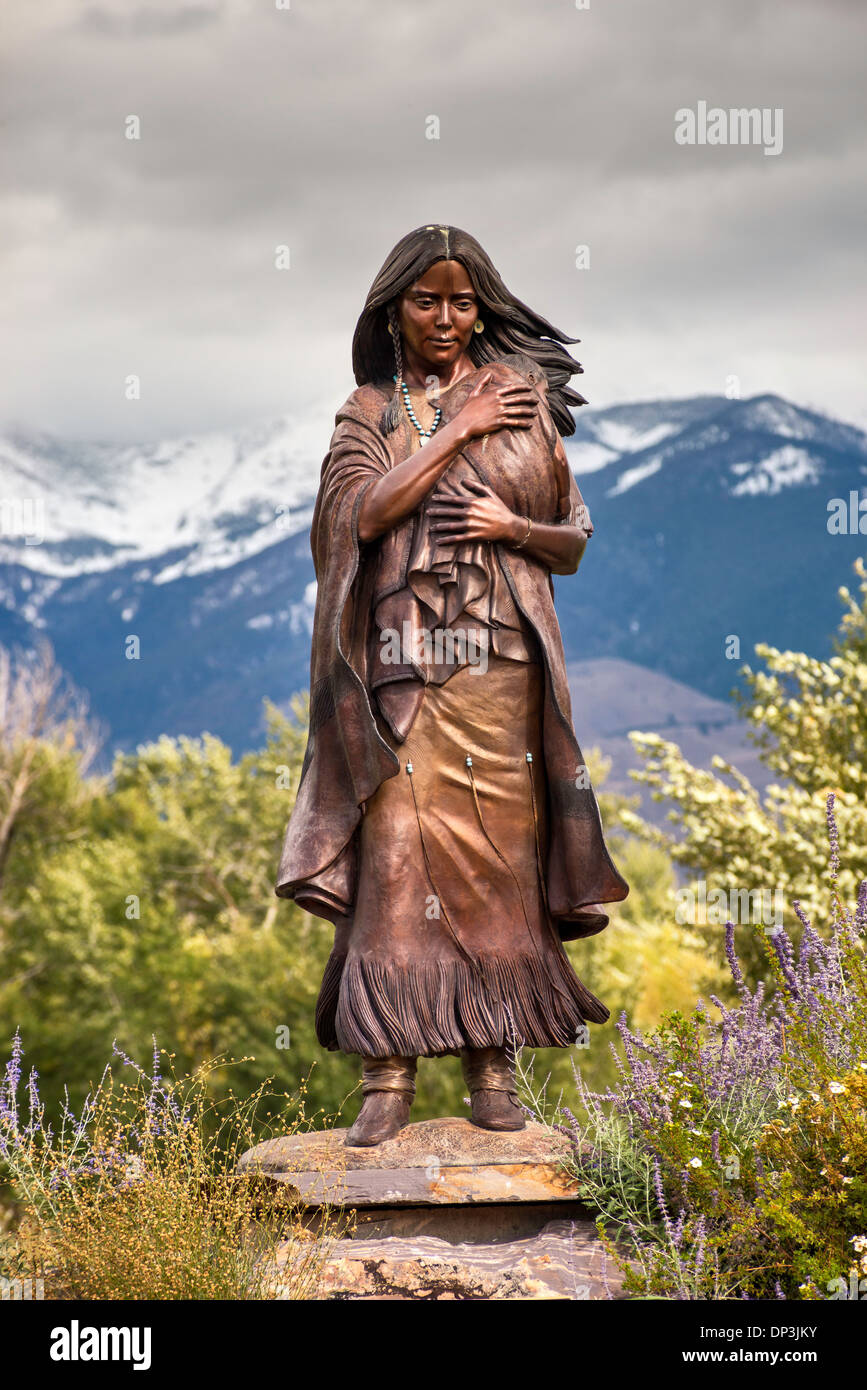

I am, however, a Chinese-American mother of a biracial child, and I am painfully aware of how deeply racist first impressions can linger. I am not Native American and don’t have any particular insight into, or knowledge about, Sacagawea’s story. Unfortunately, the story itself has deeper problems than they seem to have realized.

The authors clearly cared about their subject matter and succeeded in telling a highly engaging story about a courageous heroine. Who Was Sacagawea? is, in all likelihood, one of the better Sacagawea books out there. However, the problem with Sacagawea is much bigger than one particular book. In this review, I will shine a light on that scene, a racist illustration, and a dishonest and evasive portrayal of United States government actions in the wake of the Lewis and Clark expedition. (Readers with time constraints can jump directly to the scene in question the Fiction? Or Deceptions? section of this review, though I feel that its full significance is best appreciated in context.) It’s an eye-opening look at how much any given author’s interpretation of Sacagawea’s inner thoughts and feelings is a reflection of that author’s own beliefs and their own racial stereotypes, however well-intentioned. Later in this review, I will post it side-by-side with its retelling in the children’s book. My family loves the Who Was? biography series and this was the first time I felt the need to do any fact-checking.Īn old college friend eventually helped me locate the source material in Lewis and Clark’s expedition journals. The book was published in 2002, but is still in print today from Penguin Random House. I was looking for help in finding the source material for that scene in Who Was Sacagawea? by Judith Bloom Fradin and Dennis Brindell Fradin. Reese about a scene in chapter 4 where Sacagawea learns that her brother, Cameahwait, is going to break a promise he had made to Meriwether Lewis. I didn’t set out to write a book review when I contacted Dr. Note on April 27, 2021: You can follow An-Lon Chen on Twitter: Īn-Lon Chen's Review of Who Was Sacagawea? Writers do, too (for examples, see Revised and Withdrawn). Publishers do pay attention to critical examinations of the books they publish. I wish more parents would write about the work they do, and share that work. An-Lon's essay demonstrates the work some parents do when they read a children’s book to their child.

First is the questioning, and then, the research, and all though that research process, collisions with the historical record, the master narrative, and what children learn. What she wrote struck me as the sort of activity that I want readers of AICL to see. Note from Debbie: In February of 2021, I received an email from a parent who had questions about a scene in Judith Bloom Fradin and Dennis Brindell Fradin’s biography of Sacagawea.


 0 kommentar(er)
0 kommentar(er)
